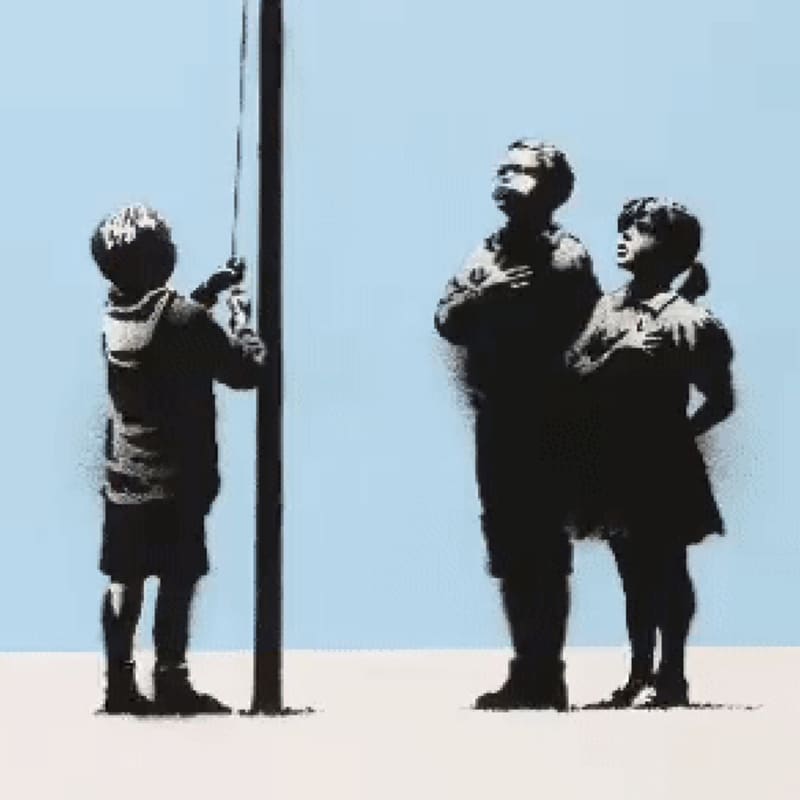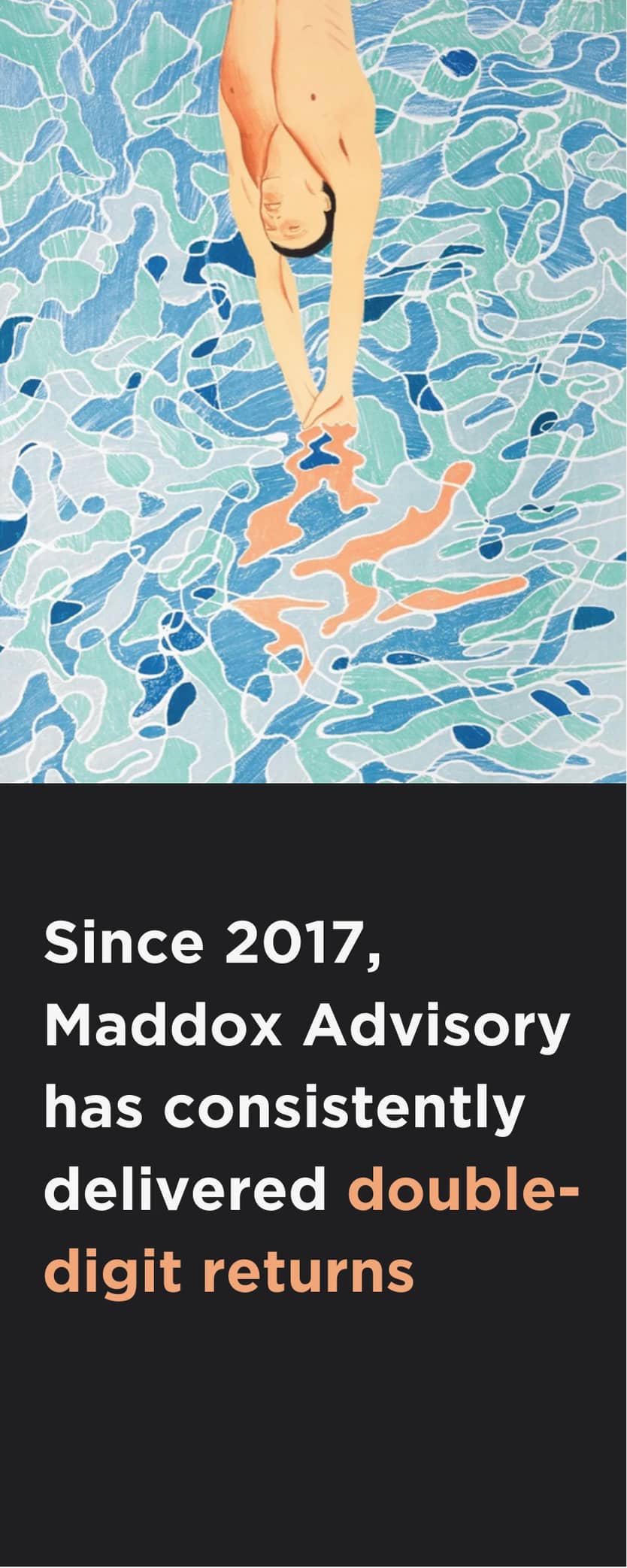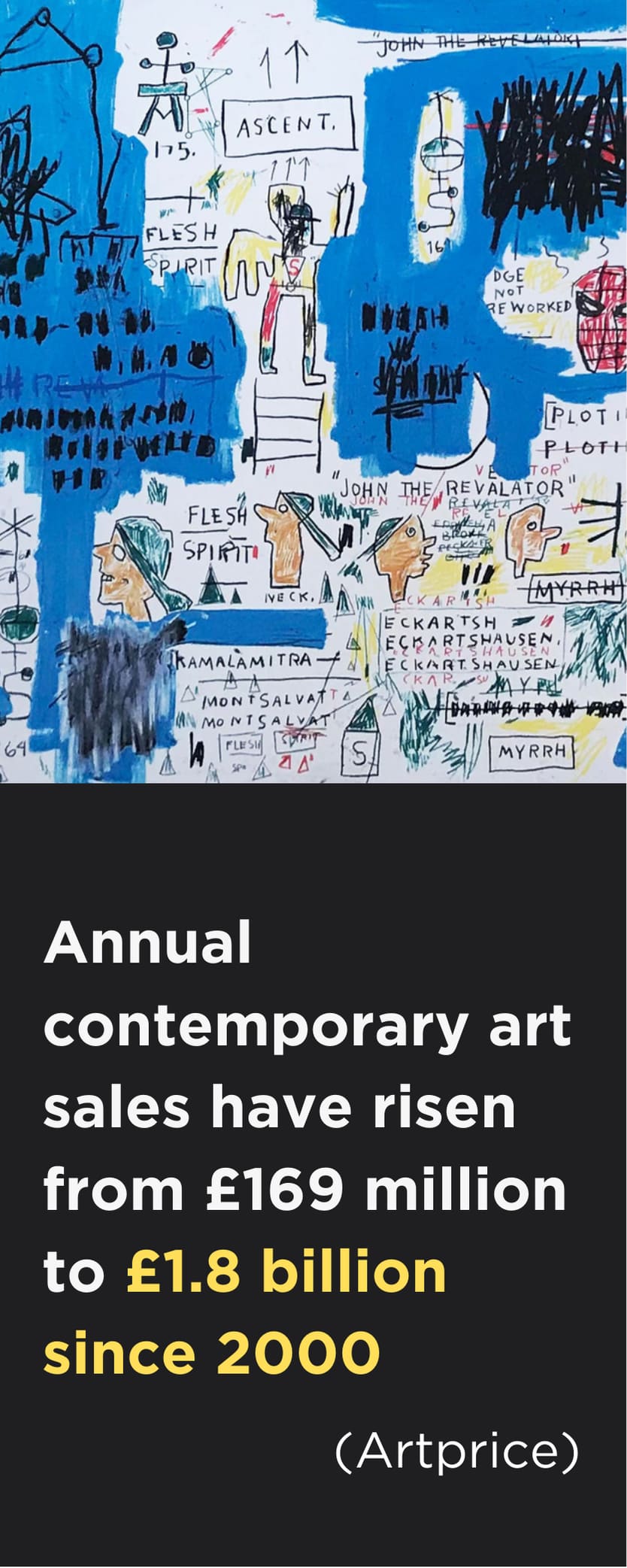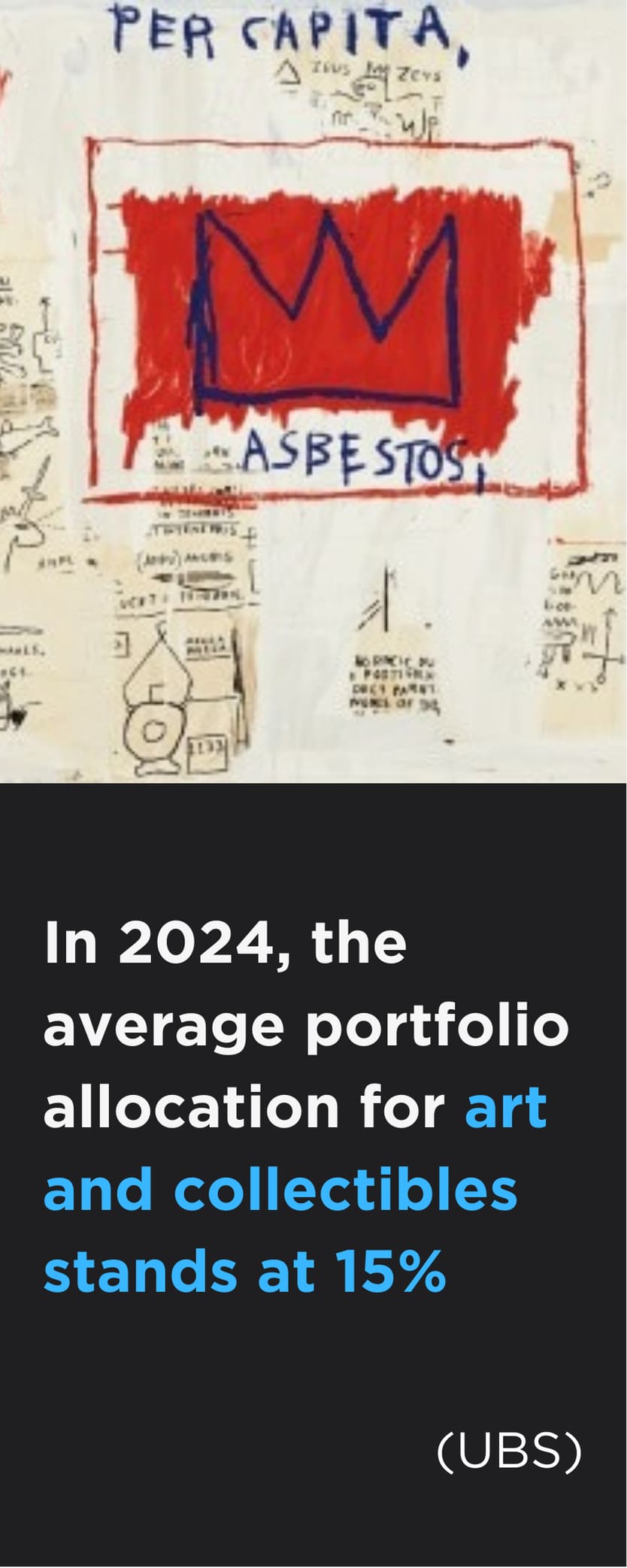With the end of the year quickly approaching, take a wild ride that was the art market in 2023. Join us as we recap the top trends, marking events and game-changing artists that helped shape the world of art over the past 12 months.
1. Single-Owner Auction Extravaganza
Following Paul Allen’s record-breaking collection sale in 2022, this year saw a surge in single-owner auctions and private sales. Collections from figures such as Freddie Mercury, American businessman Thomas Lee and the billionaire collector couple who founded Shanghai’s Long Museum injected many pieces of blue-chip art into the market. Among the most notable sales was Sotheby’s auctions of Emily Fisher Landau’s Collection, which achieved over $400 million, including the second-highest-ever sale of a work by Picasso at $139.6 million.
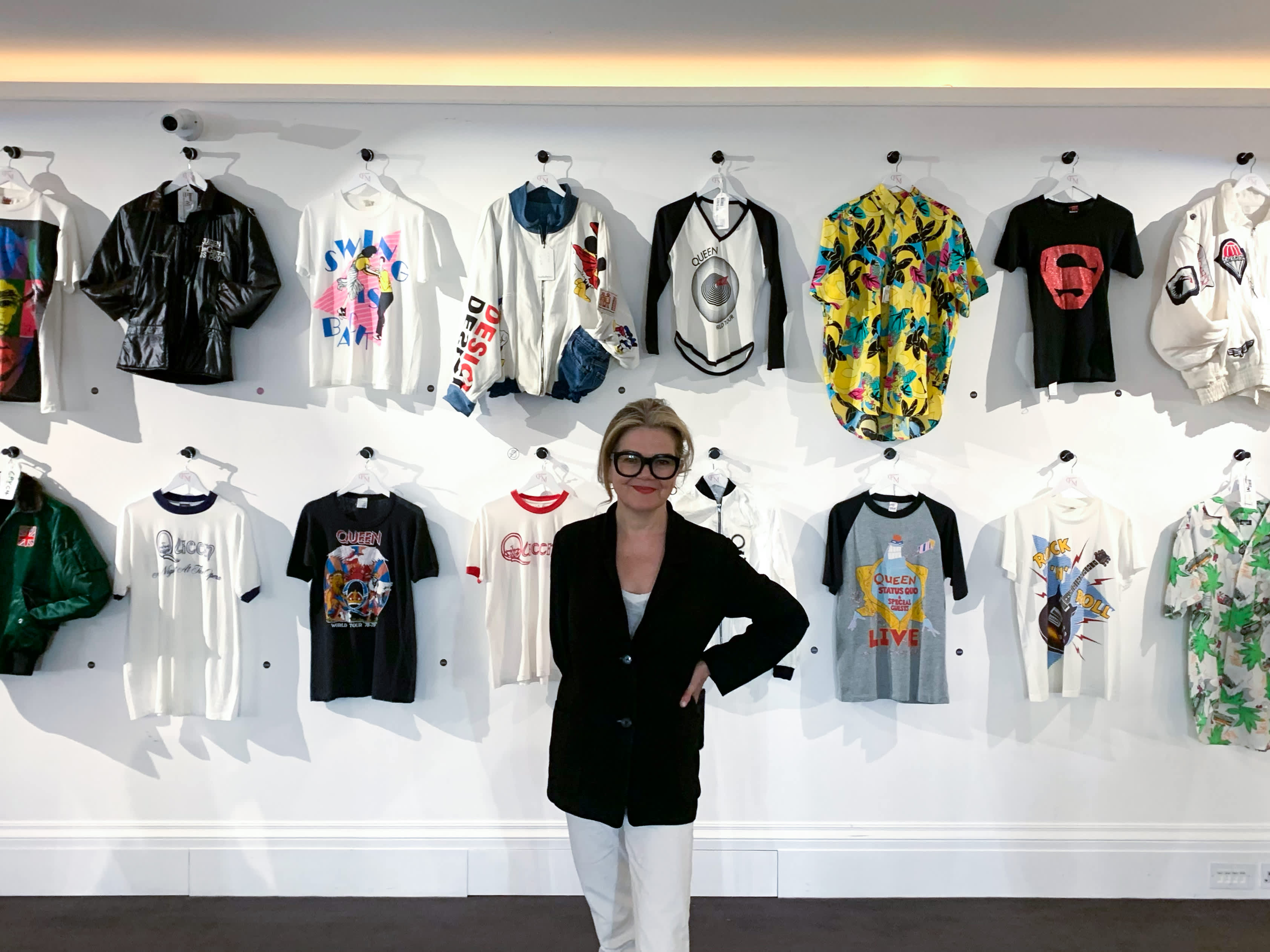
2. TikTok Generation Making Waves in the Art Market
A more diverse collector base is emerging in art market, driven by younger art enthusiasts. Connected through social media and intrigued by younger curators and industry insiders, this demographic is bringing fresh perspectives and attitudes to the world of art collecting, diversifying the appreciation of art and influencing new investment approaches. In particular, they are expanding the appreciation towards lower-priced prints and editions by blue-chip artists, marking a significant shift in art investment dynamics.
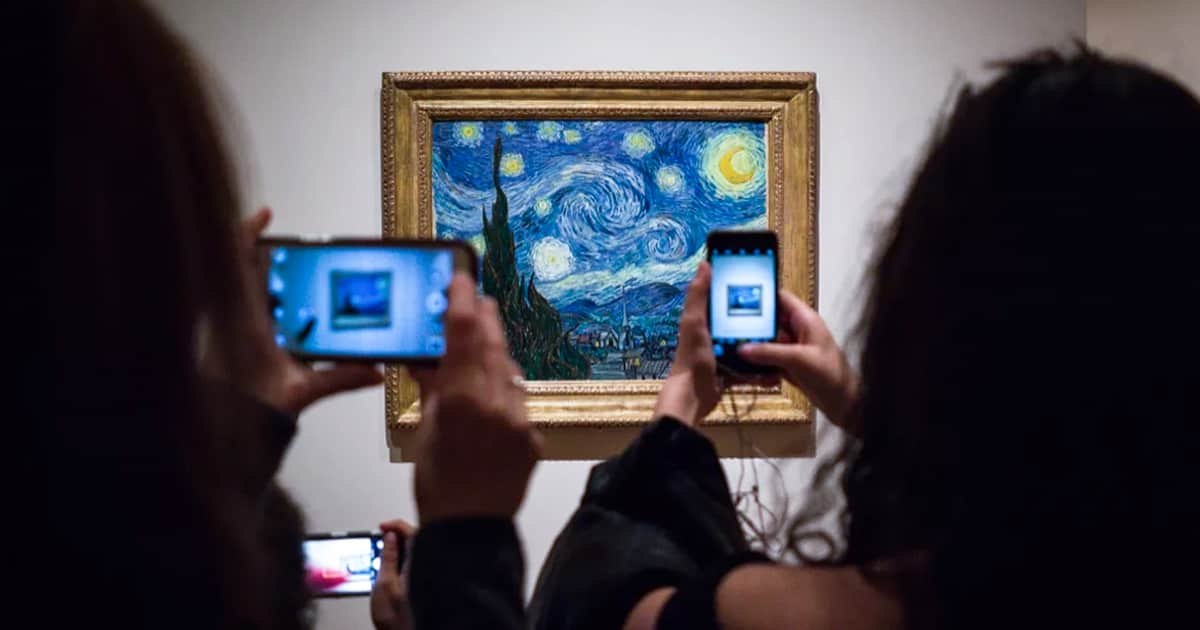
3. Enter: AI
Technological advancements continued to revolutionise the art market in 2023, with AI taking the world by storm earlier this year. Tools like ChatGPT proved valuable for research, translation and cataloguing, however using AI in curatorial roles necessitates a more delicate approach. Despite its undeniable potential, the more intricate aspects of the market, such as gauging demand for specific artworks, still require manual interpretation. The takeaway from this is that integrating AI into the art world will demand a more nuanced approach going forwards.

4. Epic Collaborations & Mind-Blowing Installations
Building on the tradition of collaborations with fashion labels, like 2023’s Louis Vuitton x Yayoi Kusama collection, this year witnessed a growing trend for traditional brands partnering with artists. In March 2023, the Andy Warhol Foundation collaborated with Coca-Cola, while earlier this month, David Hockney joined forces with Apple for a unique festive showcase at Battersea Power Station. Kaws' partnership with Nike and Uniqlo, meanwhile, generated considerable queues on the high street.
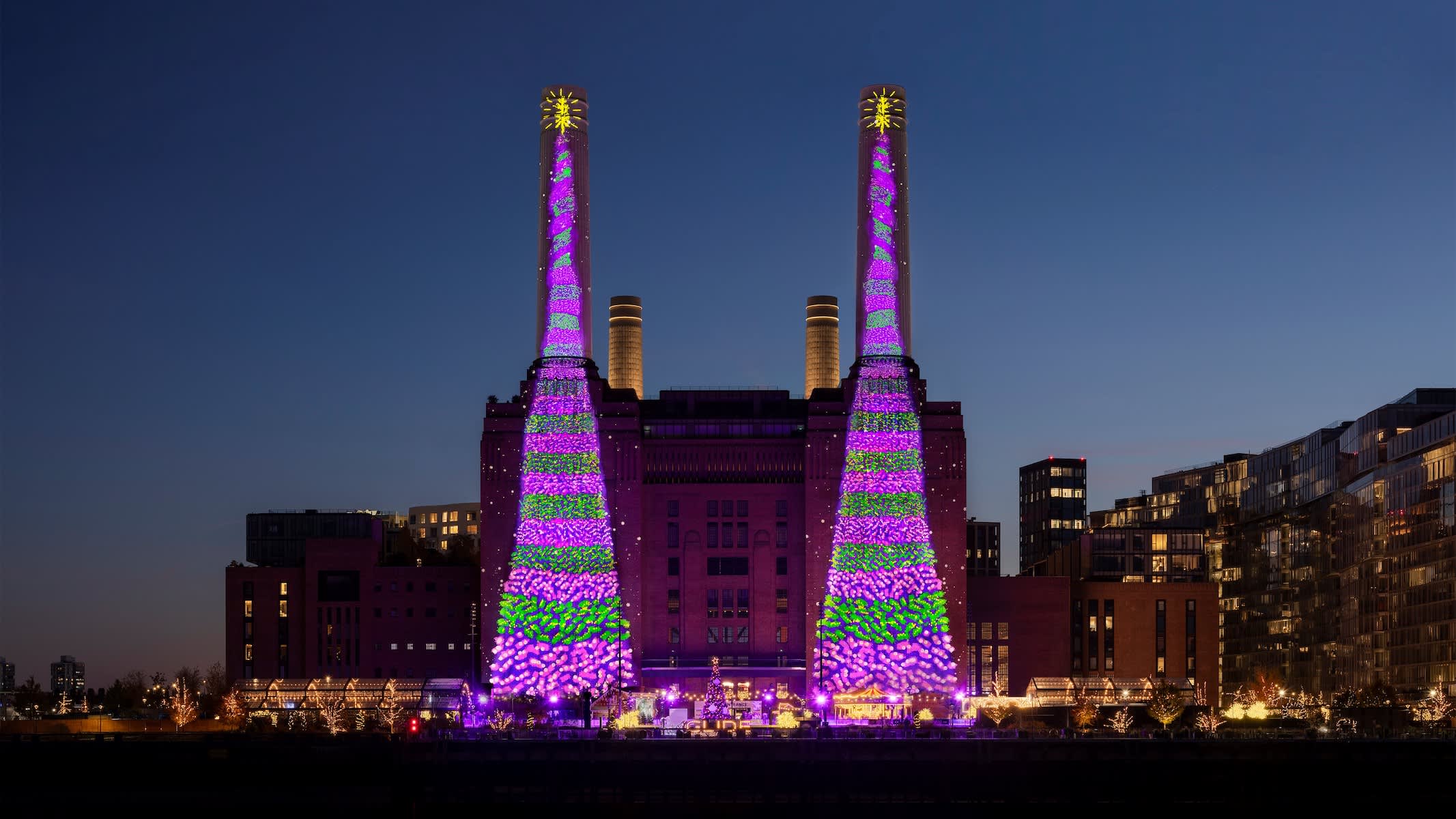
David Hockney's Bigger Christmas Trees, which will light up London’s Battersea Power Station every evening until December 25.
5. Hockney's Timeless Artistry
David Hockney always intended to paint well into his 90s and, at 86 years old, he is honouring his promise to himself. Named the 10th best-selling artist globally in 2023, his price index, and demand for his work, have both experienced substantial growth. A standalone David Hockney auction at Phillips London in September – Phillips’ second sale dedicated to the artist – a collaboration with Apple and exhibitions like the one at HoMA in Honolulu, which opened in November 2023, further solidified his status as one of the most highly valued artists at work today.
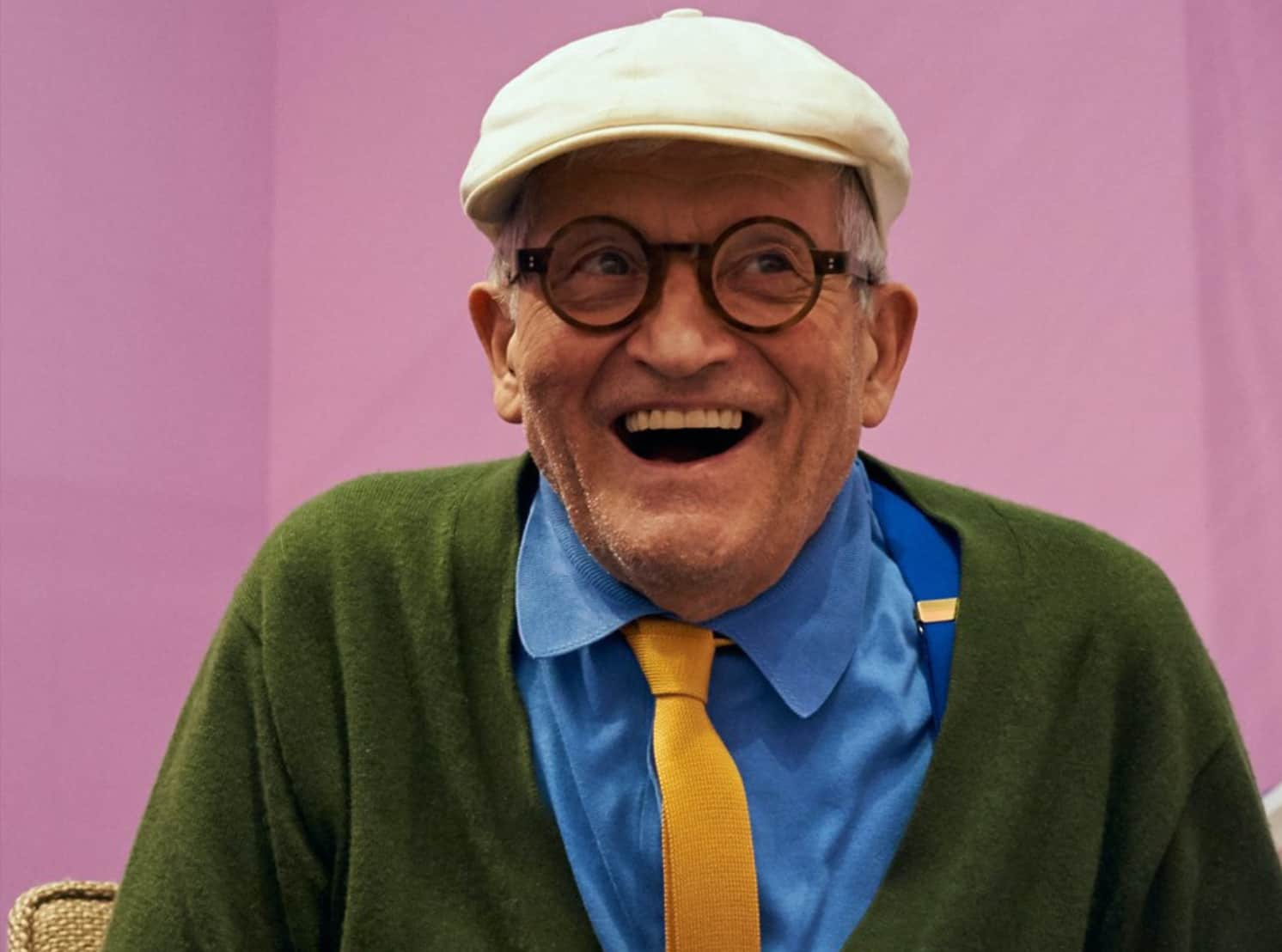
6. Yayoi Kusama: Dotting the Art World
Just below Picasso and Warhol, Yayoi Kusama emerged as the 3rd most-searched artist in 2023. The most expensive living female artist, her influential year included a permanent installation in Brazil, a guest-editor takeover of Wallpaper magazine and the auction of the sculpture Pumpkin (L) for £6.4 million at Sotheby’s Hong Kong in April – the top price ever paid for a Kusama pumpkin. All of these factors contributed to the rise in her average auction sale prices this year.
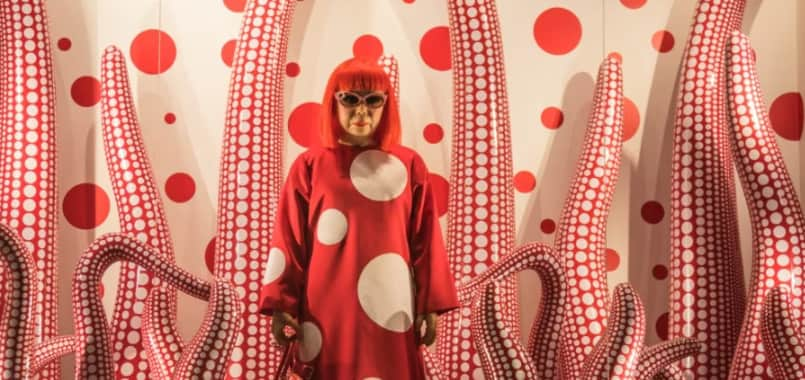
Artwork by Yayoi Kusama, photo by Susanne Nilsson on Flickr
In 2023, amid geopolitical shifts and economic uncertainties, the art market has encountered significant challenges. Yet it displayed resilience in the face of these obstacles, fuelled by the market’s sustained dynamism. From TikTok sensations to timeless icons, it demonstrated adaptability and durability while showcasing diverse trends and events. Single-owner auctions gained prominence, younger collectors wielded influence, the fusion of art and AI emerged and red-chip artists who built their reputation through the internet gained recognition, contributing to art’s evolving landscape. Most importantly, the year has highlighted the enduring appeal of art as a stable, tangible asset that continues to be highly sought after by investors during global economic downturns.



